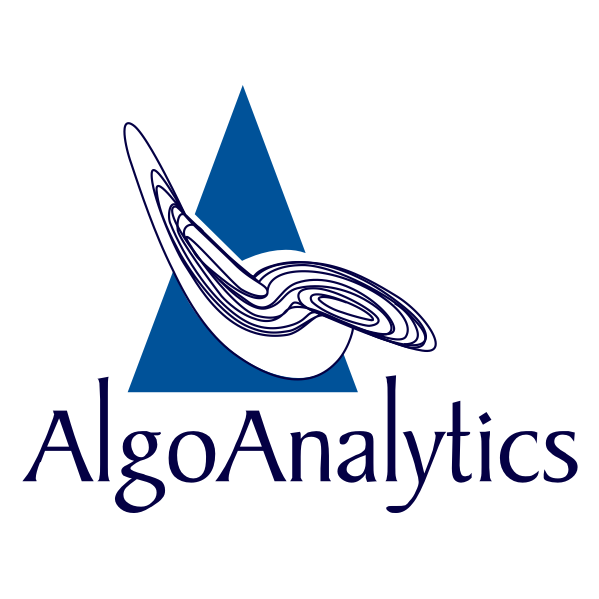Risk and Insurance are words that go in sync with each other- one cannot live without the other. The insurance industry has always been dependent on various factors, the most important being statistics to know their customer’s and the market demand. Machine Learning(ML) and AI has brought in a lot change in the way Insurance strategies are now being structured.
Besides predicting risks, ML and AI have now helped the Insurance industry to monitor, analyze not just their own strategies at one given time period, but keep a constant look out for changes that affect their customers, thereby keeping their policies attractive and thus halting retention.
To get that competitive edge, Insurers need to engage with Machine Learning (ML) to improve not just their business strategies but also tailor the insurance purchases to customer’s unique needs to bring in customer satisfaction.
Machine Learning has emerged as an important approach towards improving and enhancing Insurance strategies. The Insurance industry can benefit from Text Analytics/ Natural Language Processing (NLP), and Image Processing to cut down fraud and bring in faster and efficient response.

1. Fraud Detection: This has been one of the foremost of problems plaguing the world of Insurance and credit cards. Today, fraud detection has become more challenging as fraudsters find new ways to deceive the system. While traditional solutions used pre-programmed rules to calculate the results, ML works with a more flexible and automated approach integrating both past and new data features in real-time. ML technology also detects patterns that are not often visible making this a valuable asset for fraud analysts, so that preventative action can be taken.
2. Claim Analytics: Apart from differentiating fraudsters from genuine customers, ML-focused solutions are now being used to automate claims assessment, identify good transactions and streamline their approval and payment. Often, the time between an insurance claim’s initial filing up to the process of full payment, insurers may find the claim amounts change drastically. ML models put to use can help predict the final claim amount that can affect customer satisfaction and impact financial statements. Automation in Claim assessment, for example in Car Damage Detection, can often lead to high claim amounts and could result in significant drop in customer satisfaction and thereby decrease in retention. ML algorithms can help assess the extent of damage & thereby decide on claim amounts, and channel it for automatic disbursals, thereby shortening the process of claim assessment, speedy claims closure -driving costs down and increasing and retaining satisfied customers. Training ML and AI models on different kinds of complaints in Claims Management, and automatically directing the complaints – via telecommunication or even emails- for redress to the correct department thereby allowing for faster responses, brings in efficiency and greater customer satisfaction. The automated processes help determine risk with respect to whether or not claims are appropriately priced, and thus gives the edge over the competitor leading to growth and profitability. Thus efficient management of claims can tend to help reduce operation costs.
3. Sentiment Analysis: Sentiment Analysis is essential in today’s Insurance industry as it helps Companies understand customer’s perceptions towards the products and services, helping improve processes enabling that competitive edge. Sentiment analysis can help insurance companies align and deliver customized portfolios to their customers and thus maintain long term engagement. Extracting customer’s attitudes and expressions from social media platforms and feedback platforms, insurance companies can gain insights into what the customer perceives of the brand, the services and the requirements to help customize and even profile their customers to better serve them.
4. Cross Selling: Once deeper customer relationships are well entrenched, cross-selling financial products are valuable and critical to growth of any Insurance Company. By using ML, insurers can evaluate and narrow down and anticipate the exact time when a customer in his life would be looking for insurance- say if one has a customer who has bought a life insurance and one knows that he has just started a job, insurers can anticipate, based on the job, his salary, that given a year or two, he would definitely be looking for a house or a car. Of if married, and taking an insurance for his wife, would then look to upgrade from a 2-wheeler to a 4 wheeler in time to come. Here ML usage and analyses of their social media platforms, their responses to email queries, etc would be indicators to know when to cross sell or up sell products and thereby retain customer satisfaction Besides the above, Robotic Process Automation (RPA), a keyword in today’s AI and Machine Learning world, is known to automate processes without actually changing current IT systems. Further, it helps people focus on high end valued tasks rather than the collating of mundane and boring tasks. However, implementing RPA and Machine Learning or AI on Insurance data is not really the same thing. RPA can be described more as a technology that helps speed things up, collates disparate systems and helps provides a more comprehensive “dashboard” to the information that flows in. RPA by itself cannot analyze or be used to train the same data to bring in accuracy especially in complex situations. For example, training AI models on consistent data that RPA has helped streamline, can bring in a more efficient workflow, and enable the human resources to identify and process a claim much faster, than if just RPA existed without AI being implemented.
For demo visit our link https://algoanalytics.com/demoapp

